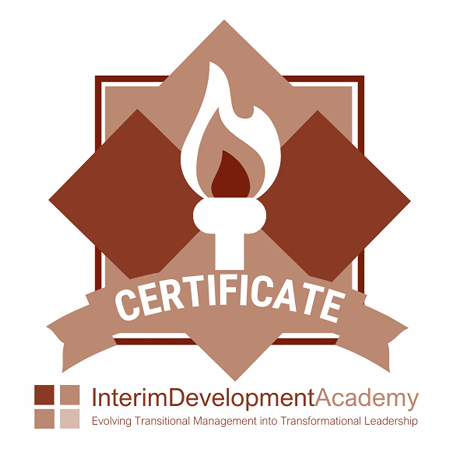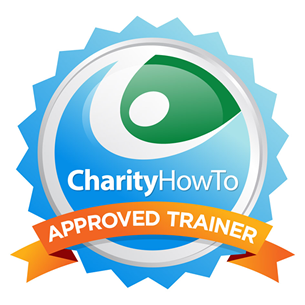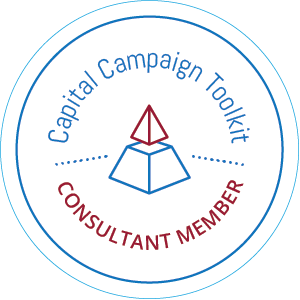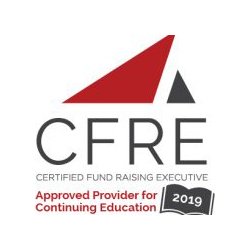You have new donors who have just given. These are the hardest donors to convert into second-time gifts.
The last thing you want to do is shower them with silence. But in most small not-for-profit organizations, that is exactly what we do.
We took active steps to welcome new donors; even back in the “old days of fundraising,” we took active steps to welcome new donors. If you invested in donor acquisition through the rental of direct mail lists, you worked with your list broker or marketing strategist to develop what was called a “Welcome Pack” or a “Welcome Series.”
This “Welcome Pack” was a series of direct mail pieces aimed at the final conversion of the donor into a second gift. Once this conversion happened, you now had not just a one-time time donor but a regular giver.
So what should this new digital “Welcome Series” look like:
1) Determine if your mail system can handle “automated emails.” There are relatively low-cost email systems now that do basic automation. You don’t have to manually create these emails and send them whenever you have a new donor. A new donor can be “tagged” when entering your system and then be placed into specific automation as a result of the tagging.
2) The first email of the series should thank them for their recent contribution and “welcome” them into the family. You should send this email within 24-48 hours of a donor donating. Thus, the reason why automation, as noted above, is critical. In this email, you may also want to let them know what to expect regarding future communications with your organization.
3) The following email should focus on providing them with more information about who your not-for-profit is and what you do. This time is great to share some videos, impact testimonials, and more. They are first-time donors, so we can’t assume that they know you and have entirely “bought into you.” You may also want to showcase your uniqueness around the need and any credibility badges such a Charity Navigator or Guidestar badges of honor on your website to help build trust. Consider highlighting quantitative data around work accomplished and goals for the future.
4) The following email may focus on starting to deepen the engagement with them. For instance, you may want to share simple ways to get connected with you and follow you in other ways. You are sharing all of the different social channels that you are active on and encouraging their participation. You may want to redirect them to articles or blogs on your website that they may be interested in reading, following, or participating in.
5) The final email in the series is the “conversion email,” where you work to ask them for a gift that will take them from a one-time donor to a regular giver. This ask may be for an upgrade to their original gift, a monthly or recurring gift, or a second gift, in addition to their first gift.
6) Your not-for-profit needs some form of an evaluation system to determine how each step of your series is performing. You should analyze data regularly and make adjustments to strategies, emails, etc. Look at things like open, click, and unsubscribes each step in the process and make ongoing adjustments.
The main goal of this welcome series is to get them more aware of your not-for-profit, begin to build trust and credibility, deepen engagement, and take them from a one-time donor to a regular giver.
Now whether or not you follow all six steps is up to your not-for-profit. Indeed you may condense these emails, but you don’t want to reduce them to the point that an email is trying to do too much in one. Be sure to set a goal for each step of the “Welcome Series” and honor those goals. Recognize when you are trying to do too much.
One of the best things you can do for your not-for-profit is to bring in new donors and retain present ones. The worst thing you can do for your not-for-profit’s new donors is showering them with silence.
Development Consulting Solutions has a team of experts who can meet your needs through serving as your grant reviewer, grants researcher, proposal template developer, and ongoing grant writer.
Check out our list of grant writing services here.
Contact us today to discuss your grant writing needs.
Get Your Ultimate Calendar Year-End Checklist Needed For Your Next Appeal…
Savvy nonprofit professionals know that as the end of the year winds down, donations go up — way up.
Raising spirits while lowering taxes, year-end giving inspires donors to give to your campaign — more than a quarter of nonprofits raise close to half their annual funds in year-end campaigns, a little over 10 percent of that occurring in just the last three days of the year.
With our Ultimate Year-End Fundraising Checklist, you’ll be well on your way to a Happy New Year with a boost in your bottom-line worth breaking out the bubbly for.
Click here to get your Ultimate Calendar Year-End Checklist!
For a free, 30-minute consultation, or to learn more about our “Survive and Thrive” professional coaching services, visit us here at www.developmentconsultingsolutions.com/coaching or book your fundraising coaching session at http://calendly.com/developmentconsultingsolutions/30min.
Join my new nonprofit community who are surviving and thriving! Click HERE to join my private Facebook group: Nonprofit Survive and Thrive Mastermind and receive support and inspiration to drive your results.
Photo by Tim Mossholder on Unsplash











Leave a Reply
Want to join the discussion?Feel free to contribute!